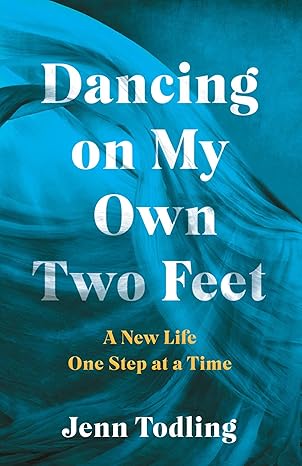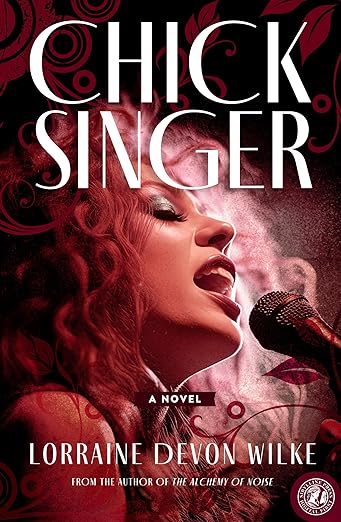Optical Research
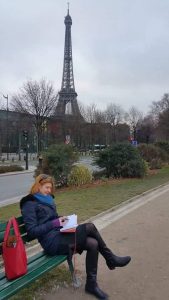 “Of course it wasn’t a romantic getaway,” I said in 2015, after spending Valentine’s Weekend in Paris. “It was optical research!” And after tramping the Paris streets searching for wartime locations for my second book, The English Agent, I had the blisters on my feet and scribbles in my notebook to prove it (although I’ll admit that the author pic on my book cover was taken by my husband in a rather nice Parisian restaurant on Valentine’s evening…).
“Of course it wasn’t a romantic getaway,” I said in 2015, after spending Valentine’s Weekend in Paris. “It was optical research!” And after tramping the Paris streets searching for wartime locations for my second book, The English Agent, I had the blisters on my feet and scribbles in my notebook to prove it (although I’ll admit that the author pic on my book cover was taken by my husband in a rather nice Parisian restaurant on Valentine’s evening…).
God bless biographer Antonia Fraser for inventing the term ‘optical research’, which is a technical sounding term for going somewhere and wondering about, getting a feel for what it must have been like for a character to live there. So far in my writing career, optical research has taken me to Paris, Poland and Piccadilly Circus, not to mention all around my adopted city of Nottingham.
For my debut novel, The Gunner Girl, my opportunities for optical research were limited. At that time my husband was still in the army, and much of the book was written whilst he was in Afghanistan – with three young children at home it was impossible to get away to scout locations, so I set the book largely in some of the places I’ve lived in the past: Surrey, Kent, and London, and had to rely on my memories and Google maps.
At that time I was living in married quarters on an army camp, so some of the research arose just by being in a military environment. For example, I had to walk past the firing range and the drill square whilst doing the school run with the kids. It didn’t take too much imagination to recreate the same environment in wartime (guns and shouty sergeants probably sound much the same as they did in the 1940s!).
By the time I started work on The English Agent, my husband had left the army, and the children were a bit older, so it was easier for us to leave them with my parents and have our weekend in Paris. We literally walked the length and breadth of the city, finding the places that were key locations in wartime, such as the HQ of the Nazi security services, and the restaurants the Nazi top brass would have eaten at. I also looked for places where I thought my character might have lived, and the streets she could have fled through when on the run.
Later that year I also spent some time in London (The English Agent is set in Paris and London at the height of WW2). One of the main characters in the book was Vera Atkins, a real-life agent handler with the Secret Operations Executive (SOE). I visited the apartment block where she lived in West London, the offices in Baker Street where she would have worked, and the Natural History Museum, where sabotage gadgets (such as exploding bicycle pumps, etc.) were developed.
In both London and Paris, what was just as important as seeing the actual wartime locations, was getting a feel for the city: smoke blackened walls, pigeons fluttering upwards, cracked pavements, dark echoing entrances to Metro and Tube stations. Visiting a place gives you a sense of texture, and engages all your five senses, and I like to think this translates into the feel of my writing, too.
Taking the time to discover a sense of place was one of the reasons I set my third book, The Night Raid, in Nottingham. Nottingham is my adopted city – I was born in Devon, but I’ve lived all over the world – and although we’d been living here a while, it didn’t feel like home until I took the time to do some optical research for my third novel.
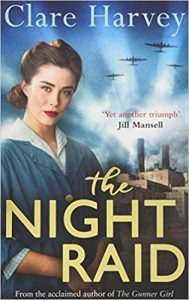 One of the main characters in The Night Raid is Dame Laura Knight; a real-life war artist who grew up in Nottingham, and the book is set in a munitions factory that actually existed in the city during WW2. For my research I visited the house Laura grew up in, and the art college she attended.
One of the main characters in The Night Raid is Dame Laura Knight; a real-life war artist who grew up in Nottingham, and the book is set in a munitions factory that actually existed in the city during WW2. For my research I visited the house Laura grew up in, and the art college she attended.
I also walked around the city finding various places that had a historical link, such as the Flying Horse Inn, where the Polish pilots would drink on their nights off, or the Park Estate, a gated community of Victorian mansions where Nottingham’s great-and-good liked to live.
Sometimes I’d have a scene to write and not be sure where to locate it, so I’d set off for a walk with my dog and find it – which is why I’ve imagined a home-for-unmarried-mothers in the village near my house, and a love scene at the sailing club on the river. But sometimes I’d visit somewhere that was so atmospheric I knew I had to have it in the book.
That was the case with Bromley House Library, a private subscription library that’s more than 200 years old, right in the centre of town. I can’t tell you what scene is set there, for fear of giving away spoilers, but let’s just say the librarians were somewhat shocked when they read the book!
It was wonderful to find out and use so much of Nottingham in The Night Raid. A recent reviewer described the book as a ‘love letter’ to the city. And all that optical research is being put to good use, as I’m about to put together an optical research walking tour of The Night Raid, in conjunction with Nottingham UNESCO City of Literature.
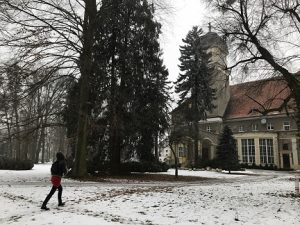 My new book, The Escape, is out in hardback later this year. Research for this one involved visiting Poland last February. I needed to find a small village in what used to be Germany, which was overrun by the Russian Red Army in the winter of 1945.
My new book, The Escape, is out in hardback later this year. Research for this one involved visiting Poland last February. I needed to find a small village in what used to be Germany, which was overrun by the Russian Red Army in the winter of 1945.
The Escape is inspired by a true story of a young German woman who falls in love with an escaping British POW. The research trip was very, very cold, and not romantic in the least for me, or my husband (who came along to drive the hire car, etc.). However, we did discover the site of where I knew two young people had fallen in love, and escaped to freedom together, some seventy-five years ago.
So what for me was just ‘optical research’ in 2017, for those two young lovers in 1945 really would have been a ‘romantic getaway’, in its truest sense.
—
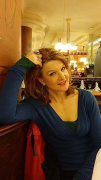 Clare Harvey’s new book The Escape (Simon & Schuster) is out in hardback later this year, and available for pre-order https://www.amazon.co.uk/Escape-Clare-Harvey
Clare Harvey’s new book The Escape (Simon & Schuster) is out in hardback later this year, and available for pre-order https://www.amazon.co.uk/Escape-Clare-Harvey
You can catch up with Clare, and find out more about her and her books here:
Facebook: fFacebook.com/clareharvey13
Twitter: @ClareHarveyauth
Instagram: instagram.com/clareharvey13
Website: clareharvey.net
Publisher’s page: www.simonandschuster.co.uk/authors/Clare-Harvey/576635850
About THE ESCAPE
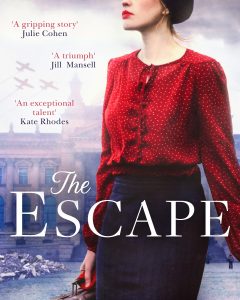 A compelling wartime drama for fans of Lucinda Riley, Rachel Hore and Katherine Webb
A compelling wartime drama for fans of Lucinda Riley, Rachel Hore and Katherine Webb
Detta works as a translator for a Nazi-run labour camp for French workers. One winter morning in early 1945, Detta passes a group of exhausted British prisoners of war who are being force-marched westwards. The following day she receives an urgent message to contact the local priest. He is harbouring a group of escaped British prisoners of war in the manse: can she help?
London, 1989. Miranda is a 19-year old photography student in London, in thrall to her older boyfriend, a journalist called Quill. In November the fall of the Berlin Wall is all over the news. Quill asks Miranda to come with him to Germany: before they leave, Miranda’s grandmother gives her an old postcard of the village she was born in. Miranda hopes that working together in Berlin will help cement the cracks in her relationship with Quill, but one night his behaviour spills over into violence, and Miranda ends up fleeing through the rubble of the Berlin wall and into the East. As she travels further, she begins to suspect she’s being followed by the Stasi. If she goes on, she worries that she’ll be taken into custody and be accused of spying; if she turns back, it means returning to Quill.
At last her grandmother’s photograph offers the solution. She tells people that she is going to find her family in the East. The Catholic church, and the manse, opposite where her grandmother once lived, are still standing. And the secrets of the past begin to be revealed.
Praise for Clare Harvey
‘Had me enthralled’ Kate Furnivall
‘A gripping story’ Julie Cohen
‘An exceptional talent’ Kate Rhodes
‘A triumph’ Jill Mansell
‘Heartwarming, enjoyable and full of surprises’ Elizabeth Chadwick
Category: Contemporary Women Writers, On Writing






